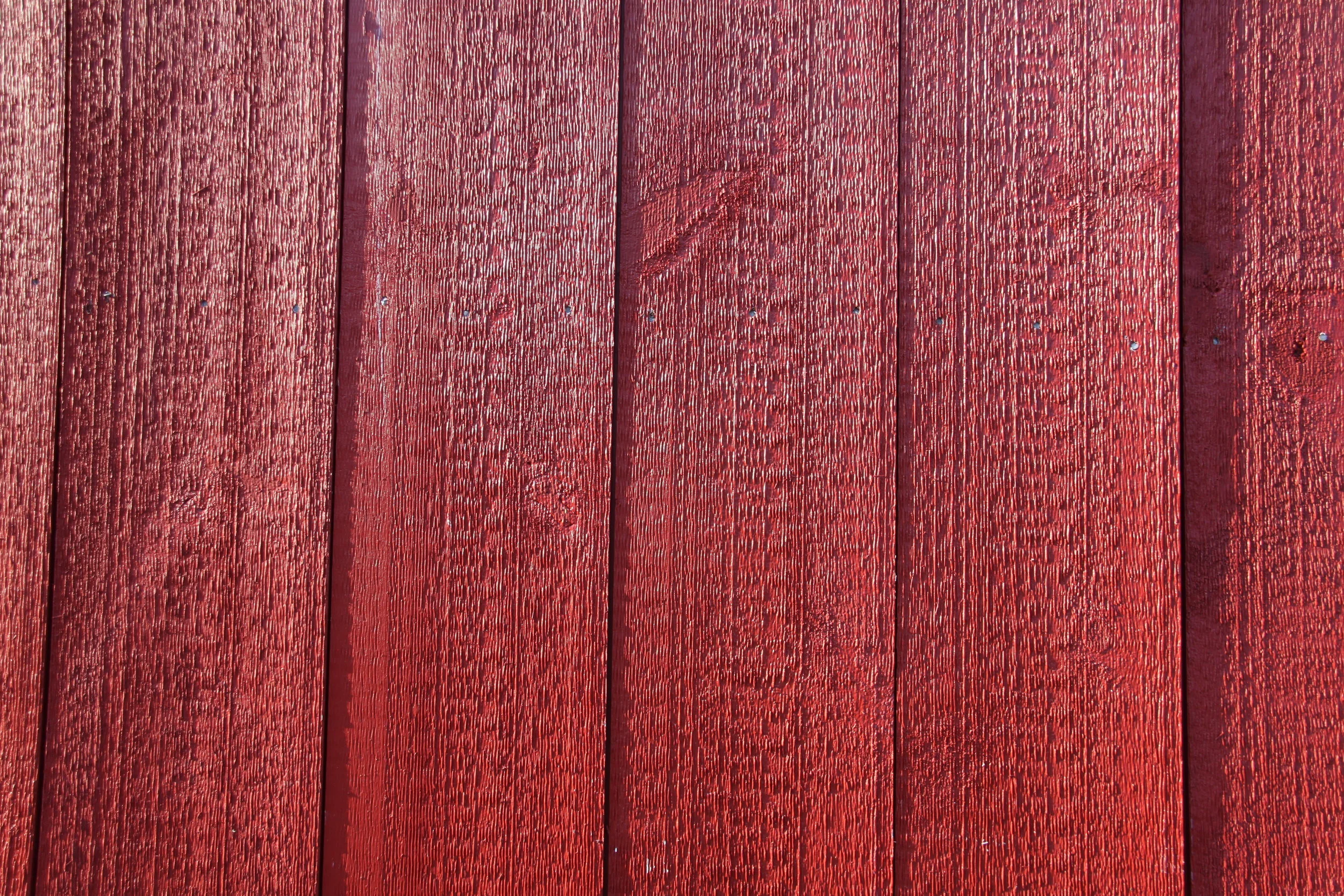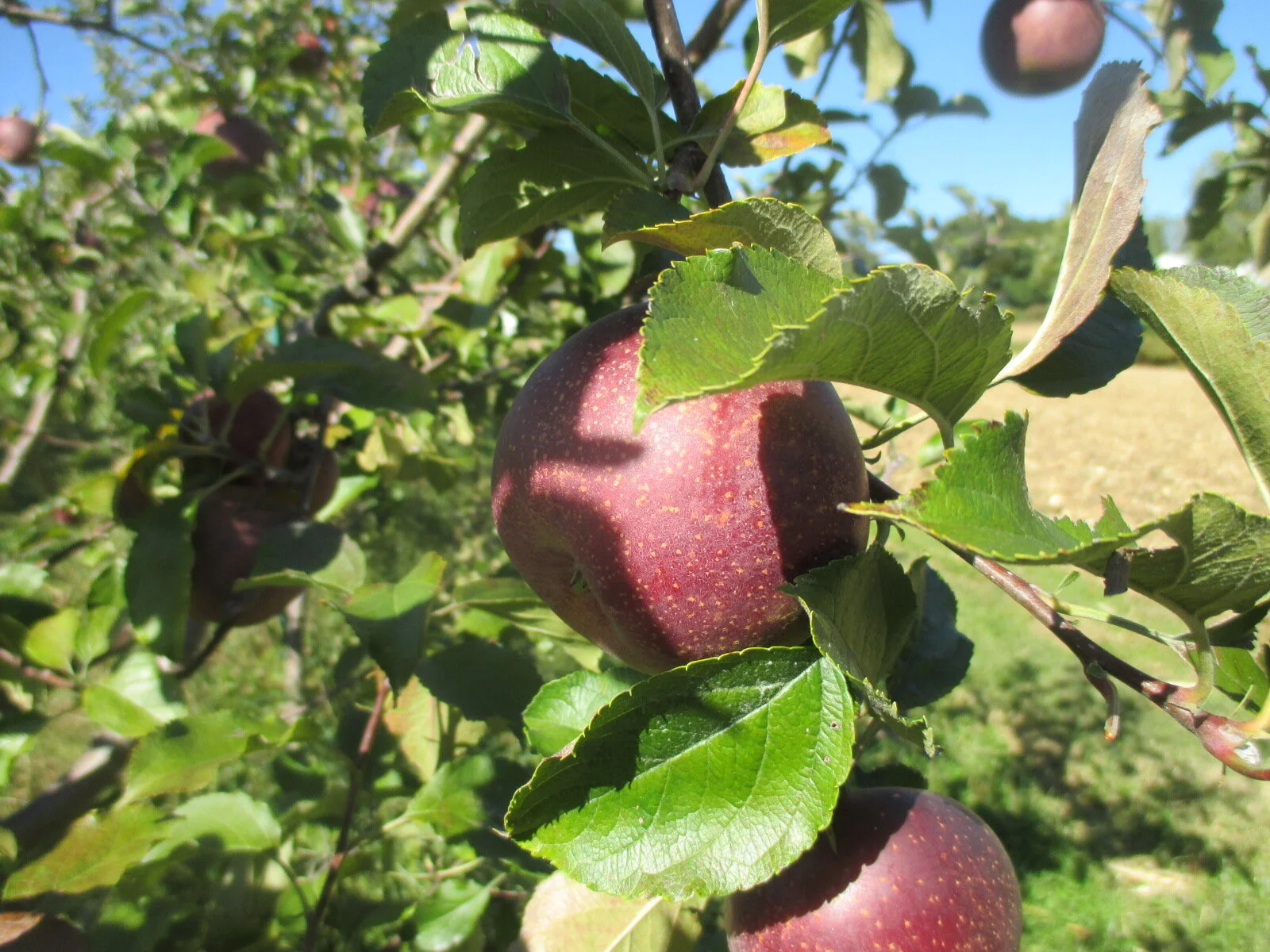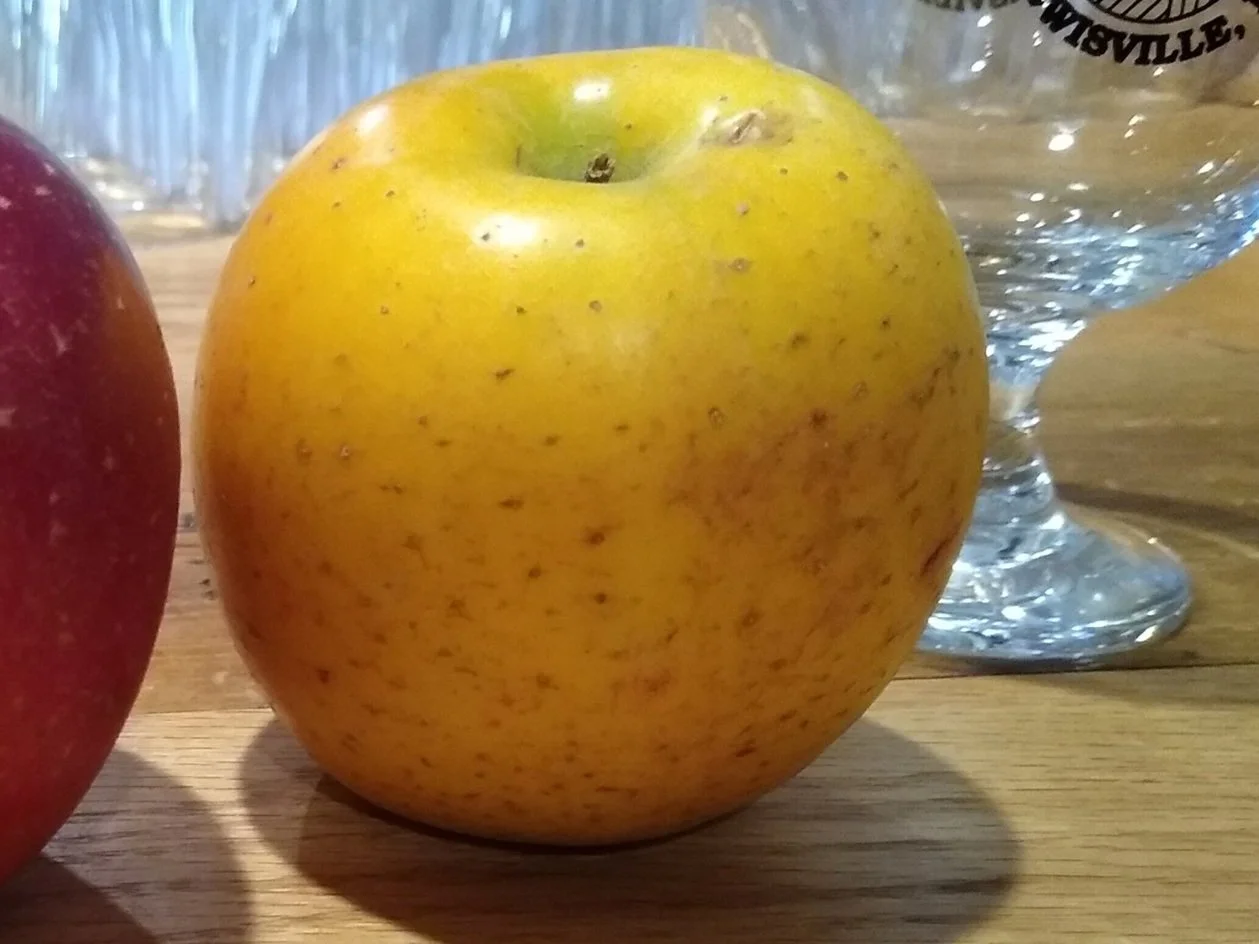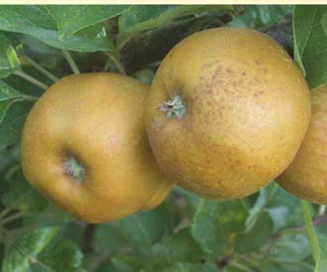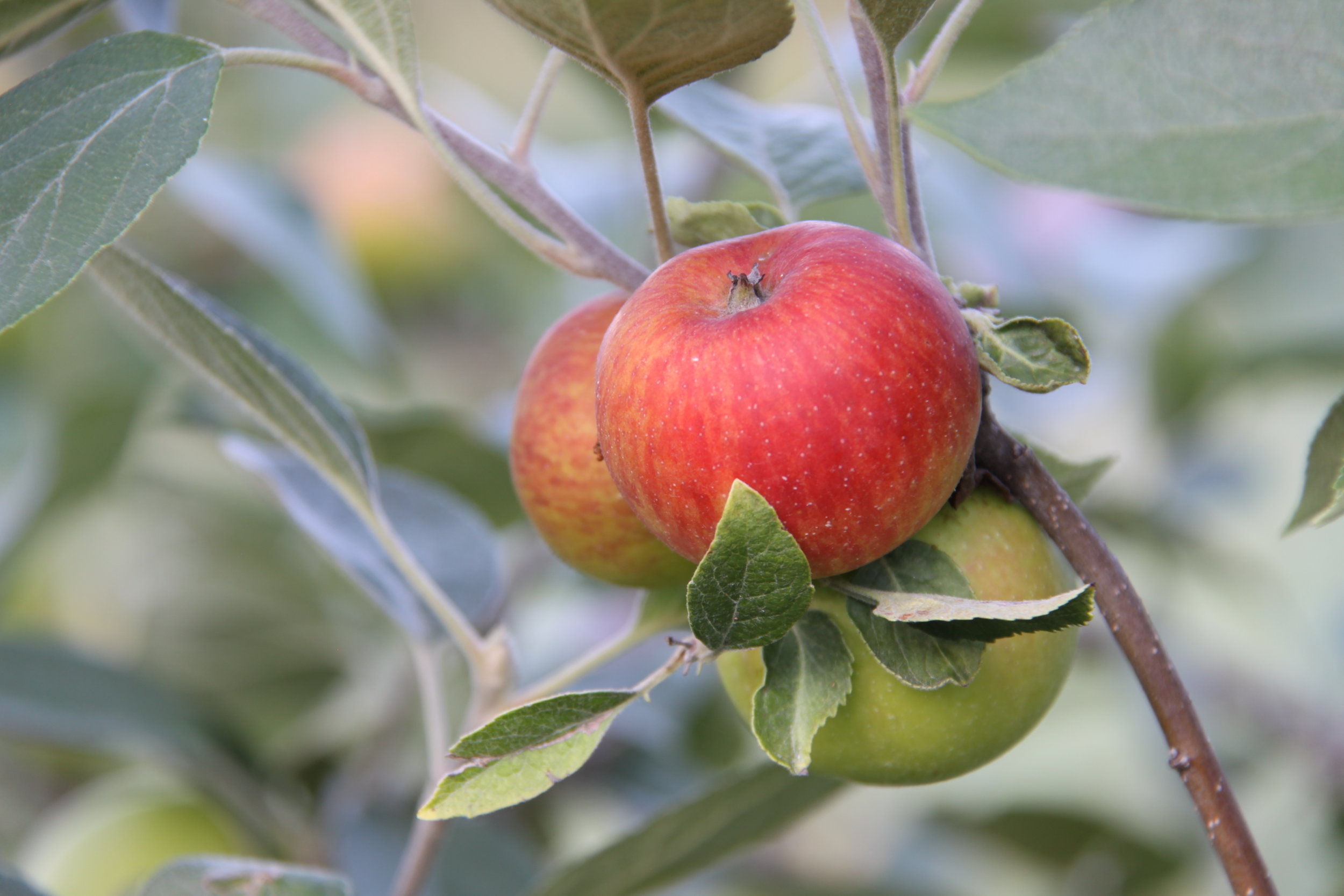Great Cider is made in the orchard.
English Style cider is crafted from apples bred specifically for fermenting into hard cider. Old English and Heirloom American varieties produce the superior flavors of Old Stone Cider. We grow over 20 varieties of cider apples in our orchard; here is some of the history of our apples.
Typically we have between four and six varietal ciders on tap during the season
Roxbury Russett
The oldest American bred cider apple, having first been discovered and named in the mid-17th century in Roxbury Town, part of the Massachusetts Bay Colony. This was among the most popular varieties in America in the eighteenth and nineteenth centuries. Thomas Jefferson planted a number of 'Roxbury Russet' trees in Monticello's South Orchard in 1778. He referred to them as "russetings". The sugar content is very high and the sugar/acid balance contributes to its fine flavor.
Oxford Black
a handsome traditional apple from Maine with good disease resistance. Of unknown parentage, it originated in Paris, ME (Oxford County), about 1790. As with many old heirloom varieties, Oxford Black is a versatile apple - good for winter eating, useful for cooking, and the juice has a good flavor.
It blooms later in the season, and is harvested late, it has a dense hard flesh.
Oxford Black's most distinctive characteristic is its rich dark purple, almost black skin color. There may be patches where the purple is striped and the yellow/green ground color shows through. Around the cavity (stem end) there is often a light purple splash, and there are usually numerous light purple dots. A large late apple, it ripens in this area the third week of October.
Hidden Rose
Scion wood was obtained from Nick Botner and his wife Carla in Yoncalla, Oregon the year before they retired in 2011. These orchardists collected over 4000 different varieties of apples. The original HIDDEN ROSE tree was a chance seedling on a farm in Airlie, Oregon from around 1960.
Nicely branching tree. Dark pink blossoms. Flesh is pink tinged.
This medium-sized apple is elongated and conical. The not-so hidden blush is a solid fuchsia-tinged red over yellow green, but there is also a thin peach-pink wash of blush, delicate and pretty, over much of the back and sides.
Small light lenticels stand out against every background. There's moderate ribbing, and a thick stem in a shallow stem well.
The apple is hard with a sugary sweet aroma. Its fine-grained flesh, half pink, half creamy white, is crunchy crisp.
Hidden Rose's flavors strike a good sweet-tart balance and last to the end of the chew. Rose's tastes include an astringent, vinous note, some generic citrus, a hint of citrus peel, and something lush and sweet that is very like fruit punch or cotton candy.
Virginia Crab
VIRGINIA CRAB is also known as Hewe's Crab. It was described by Coxe in A View of the Cultivation of Fruit Trees, 1817, as: The apple is of small size; the form nearly round... the skin a dull red mixed with faint streaks of greenish yellow, and numerous small white spots. The flesh is singularly fibrous and astringent…The tree is of small size, the leaves though small, are of luxuriant growth…the wood hard and tough, never breaking with the load of fruit, usually produced every second year. The origin of this apple is satisfactorily traced to Virginia, where trees nearly one hundred years old, are now standing…The apple called Hewe's Virginia Crab differs so much from all others that the liquor extracted from it requires a system of management adapted to the peculiar qualities of the fruit.
It was one of the major cider varieties that Thomas Jefferson planted at Monticello. The variety is first mentioned in records created in the 1750s and became the most common fruit variety grown in the eighteenth century in Virginia. Thomas Jefferson planted his entire north orchard exclusively with Hewe’s Crab and wrote that crushing it was like "squeezing a wet sponge.” George Washington also grew Hewe’s Crab and used it as part of the apple blend for his famous apple brandy. It makes a high-flavored dry cider, which maintains its quality for a long time and ferments very slowly. One of the most prized of all the American cider apples. One of the rare varieties recommended for single varietal cider. According to AJ Downing in 1848, Hewe’s “makes a very high-flavored dry cider, which, by connoisseurs, is thought unsurpassed in flavor by any other, and retains its soundness a long time.”
Incredibly vigorous, productive and healthy. Classified as a bitter sharp. It flowers and harvests early, ripening in September. Virginia Crab is a cross between North America’s native wild crab apple and an undetermined European variety.
With the Industrial Revolution, Americans’ taste began turning more to beer instead of cider, so plantings of Hewe’s Crab began to decline. Prohibition led to a near-extinction of the fruit. Only a few trees survived in places like Williamsburg and Monticello, where they focus on preserving historically significant plants.
Gold Rush
GOLD RUSH is one of our relatively modern apples, coming from the Purdue Horticulture Farm in 1992. It’s one of the best scab-immune varieties released to date. A cross between Golden Delicious and an experimental apple, it’s been described as one of the most stimulating experiences to be found on a tree. Fruit is medium size, yellowish-green in color, and round-conic in shape. Very tart at harvest it mellows to into a balanced blend of sweet, acidic, tart, and spicy flavors after 6-8 weeks in storage. Due to its complex flavor, it is a strong candidate for hard cider production. Tree is of low vigor, very precocious and productive. The trees are compact and neat. The juice is tart, winey, with a clean taste that feels effervescent on the tongue and just enough sweetness to keep the apple from being too aggressive which makes a great addition to cider blends. It’s widely recognized as one of the best of all modern apples, both in terms of its flavor and its growth characteristics.
It is a good variety for sweet cider too. Gold Rush apples were first developed by breeder E.B. Williams, with over six generations of crossings with other cultivars such as the Melrose, Rome Beauty, Winesap, and Siberian Crab Apples.
The semi-thin skin is firm and smooth with little wax, and the base color of the fruit is yellow-green with prominent brown lenticels, ripening to a golden yellow in storage. The skin may also bear patches of red-orange blush depending on the amount of sunlight exposure during cultivation. Underneath the surface, the coarse flesh is dense, pale green to white, crisp, and aqueous, encasing a central core filled with black-brown seeds.
Harrison
A famous 18th-century American apple, grown in New Jersey before and after the American Revolution. William Coxe described the Harrison Cider Apple in 1817:
This is the most celebrated of the cider apples of New-Jersey, the taste pleasant and sprightly, but rather dry - it produces a high coloured, rich, and sweet cider of great strength, commanding a high price in New York...ten bushels make a barrel of cider. It obtained its name from a family in Essex County New-Jersey, where it originated, and is very extensively cultivated.
Wickson Crab
WICKSON is a variety developed by Albert Etter, the California plant breeder, and named for his fellow pomologist and friend, E. J. Wickson. It is a cross of Newtown (Albemarle) Pippin and Esopus Spitzenburg, selected in 1944. Warren Manhart in his Apples for the 21st Century, argues that it is actually a cross of two offspring of these notable old apples. Whatever, it is a superb example of a class of apples that have superior taste and other characteristics, but are not recognized in the modern apple-growing universe. It is very sweet, with sugar content up to 25%, which gives it the extraordinary sweet taste. The high sugar content is balanced by a high acid content, making the juice very useful in cider blends. Classified as a bitter sharp.
The red/yellow/pink fruit will range in size from one to two inches in diameter and will bear heavily on first and second-year growth. The fruit hangs in garlands on the tree. Wickson ripens in October.
Redfield
REDFIELD apples were developed from a 1938 cross done at the New York Agricultural Experiment Station Geneva, New York, between Wolf River apples and Niedwetzkyana apples. Dark red skin with some russetting, and inside, slightly dry pink tinged flesh. The Redfield is not ideal for fresh-eating, but great baking, cider, vinegar, and jelly as the juice is high in pectin. It also produces a haunting red juice when pressed producing bitter sweet cider.
Like many red-fleshed apple varieties, Redfield is related to Malus niedzwetzkyana, a species of crab-apple originating in central Asia and characterized by purple-red flowers, purple leaves, and red or pink fleshed fruits. It flowers early and harvests late. The fruit size is much larger than most crab-apple / apple crosses, as might be expected given the very large size of Wolf River apples. Fruit is dark red and hard.
Ashmead’s Kernel
ASHMEADS KERNEL originated in the Gloucester, England, from seed planted by a Dr. Ashmead around 1700. An annual bearer if thinned, the fruit is medium sized, with skin a greenish-russet, often a solid golden russet with an orange or reddish bronze cheek. Flavor is outstanding, rich and strong, with a balance of sugars and acids. Its juice, adds an interesting fruity component to cider and hard cider blends. Ripens in late September or early October. Good for eating fresh, cider and sauce Because of the high acid content, storage for weeks or months mellows the fruit for dessert use. The fruit sets in clusters and because it is borne on short spurs, the laterals should be shortened back to 3 to 4 buds during pruning. It has a vigorous vase shaped growth habit. This is a good cider apple and good for winter storage.
“An after-dinner apple of unparalleled quality. Not for those who like mild sweet apples. Each bite is an intense aromatic sting of sharp and sweet, with hints of other indescribable but absolutely wonderful tastes and aftertastes.”
King David
The KING DAVID apple originated in 1893 when it was discovered by farmer, Ben Frost on his property in Durham, Arkansas. Soon after the King David was picked up by Stark Brothers Nursery where it was made commercially available on a national level via their mail-order catalog. Today King David apples are grown and sold at select orchards and markets throughout the United States that specialize in heirloom varieties.
These apples are small to medium in size and are round to oblate in shape. The waxy skin is green or yellow and has dark red to orange blushing and striping. There are also small lenticels that appear dark on the lighter patches of skin and white on the darker blushing of the skin. The firm flesh is pale yellow, crunchy, has a medium to fine-grained texture. King David apples are juicy, crisp, and aromatic with a sweet and tart flavor with spicy nuances of wine, similar to the taste of the Winesap apple. Believed to be a cross between the Jonathon apple and either the Black Arkansas or Winesap apple, King David apples are resistant to disease. They are most commonly consumed as a fresh eating apple but can also be used in cooking and for making cider.
King David apples are a great source of vitamin C.
Brown Snout
BROWN SNOUT is a traditional English hard-cider variety, producing a mild bittersweet juice with relatively high tannins and low levels of malic acid. The name for this apple derives from the distinctive "brown eye" at the base of the apple. It was discovered in 1850 on the farm of Mr. Dent of Yarkhill, Herefords in England. It was subsequently widely propagated by the H. P. Bulmer company of Hereford, and was planted in orchards across the west Midlands and, less commonly, in parts of the West Country. This cider apple produces a sweet, slightly astringent juice and makes a mild to medium bittersweet cider. A self fertile tree which is susceptible to fireblight. The fruit is small, greenish to greenish-yellow in color with patches of russet and a brown russet eye at the calyx end of the fruit. It ripens in October to November.
It makes a medium-sized tree with an upright habit. Very late flowering.
Solarina
Solarina is the recommended cider apple of northern Spain.
Large, green apple with red/pink streaks that cover it. Produces a semi-acida or sharp cider.
It blooms late. The apple has a light blush over yellow when it ripens in mid October. Good levels of disease resistance, moderate vigor tree with high yield potential and biennial tendencies.
Stoke Red
An excellent, balanced, medium bittersharp juice in the same class as the famed Kingston Black, with a perfect tannin/acid balance. It was commonly planted in orchards across cider-making regions from the 1920s, having come into prominence at Rodney Stoke in Somerset at the turn of the century… “crops are large and the quality of the juice is first rate.” The juice ferments to a sharp, often scented, vintage quality cider.
Winter Red Flesh
WINTER RED FLESH was a chance addition to our orchard. Following a mix up in an order, we grafted this unlabeled scion wood along with Hidden Rose onto Bud 9 rootstock. Three years later the fruit was identified as WRF. The trees are dainty, dark red/brown bark, leaves have a reddish tint, fruit is plum sized and shaped, dark red skin with red flesh. It makes a nice dry pink cider. Very sweet/tart edible apples are harvested in September.
Tree is fairly disease resistant, flowering early with profuse dark pink blossoms, it is a prolific bearer.
Purported to be a cross between Sasha and a red fleshed variety.
Northern Spy
NORTHERN SPY is a traditional American winter apple, particularly well-suited to colder climate zones. The apples are quite large and have a handsome red-flush over a
yellow-green background, thin skinned it bruises easily.
Rated by the 19th century pomologist Robert Hogg as "a valuable dessert apple".
Discovered just north of Geneva at an orchard in East Bloomfield, New York in the early 1800s. Fruit is large, usually red and pink striped over light yellow ground color. Traditionally very slow to come into bearing. Productive, but strong tendency to biennial bearing.
Northern Spy may have originally been called Northern Pie Apple. The white flesh is very juicy, crisp, tender and sweet with a rich, aromatic subacid flavor. The hardy tree is upright, free-growing with long curved branches and dense foliage. Subject to bitter pit and blossom fireblight. During rainy weather, the fruit may crack, and is easily damaged during harvest. Northern Spy blooms late and escapes frost. It contains 13.77% sugar that ferments to 6+% alcohol. One of the best storing apples, it ripens in late September and early October.
Bulmers Norman
BULMER'S NORMAN is an English cider apple, a bittersweet that blooms early and is a triploid. A "triploid" apple tree is one which has three chromosomes rather than the normal two and they should be treated as if they are self-sterile. This means that they need another suitable variety nearby to pollinate them. Bulmers is an import introduced from Normandy at the beginning of the 20th century. The tree is vigorous and biennial bearing. Large in size, the fruit is greenish-yellow and produces a sweet astringent juice that ferments quickly to a mild bittersweet cider with a hard and bitter tannin. This variety was popular to produce stock for standard trees and is called by the English a "stem build”.
The apple is medium large, green-yellow and thin skinned. Yields an astringent juice that is quick to ferment to a bittersweet cider that is ideal for blending.
The tree is large and spreading, with early bloom and biennial tendencies. Scab susceptible. Very winter hardy. Ripens in early September.
Yarlington Mills
YARLINGTON MILLS was said to have first been discovered as a 'wilding' in 1898 by a Mr. Bartlett, who found it growing out of a wall by a mill-race at Yarlington, West Cadbury. It was popularised by the grower Harry Masters.
It was first widely planted in Somerset, and subsequently in Devon and other West Country cider producing areas of England. It produces a fine light aromatic bittersweet cider with a good aroma and flavor. It ripens late October to November. A good biennial cropper it flowers mid-season.
The rich brown low-acid, mildly aromatic juice is fruity and not aggressively tannic, with an above-average sugar content. (SG 1.053-1.075, acidity 2.2g/L, tannin 3.2g/L) Slow to medium fermentation.
The fruit is medium-sized, yellow, distinctly conic in shape with a pinkish blush and overspreading darker red stripes. Considered an all-round excellent cider variety, however, we’ve found it to be an unreliable bearer. A midseason bloomer but an early harvest in late August.
Dabinett
Dabinett apples are not suitable for eating fresh, and can only be used for producing juice for hard cider. Dabinett probably dates from the early 1900s, when it was found by William Dabinett growing as a wilding (a natural seedling) in a hedge at Middle Lambrook, South Petherton, Somerset. The exact genetic makeup of Dabinett is unknown, though one parent was probably the Chisel Jersey apple, a similar bittersweet variety. The variety became very popular and was widely planted across the south-west of England. This small, red apple produces a sweet, astringent juice which makes a soft, full-bodied vintage cider. A very aromatic apple which ripens in late September. A small tree, precocious but branches neatly. Flowers late. Soft but full-bodied tannin. It is also one of the most reliable and easy cider varieties to grow.
Unlike many hard cider varieties which are best-used for blended ciders, Dabinett can also be used to produce a single-varietal full-bodied medium-dry cider with a smoky flavor.
